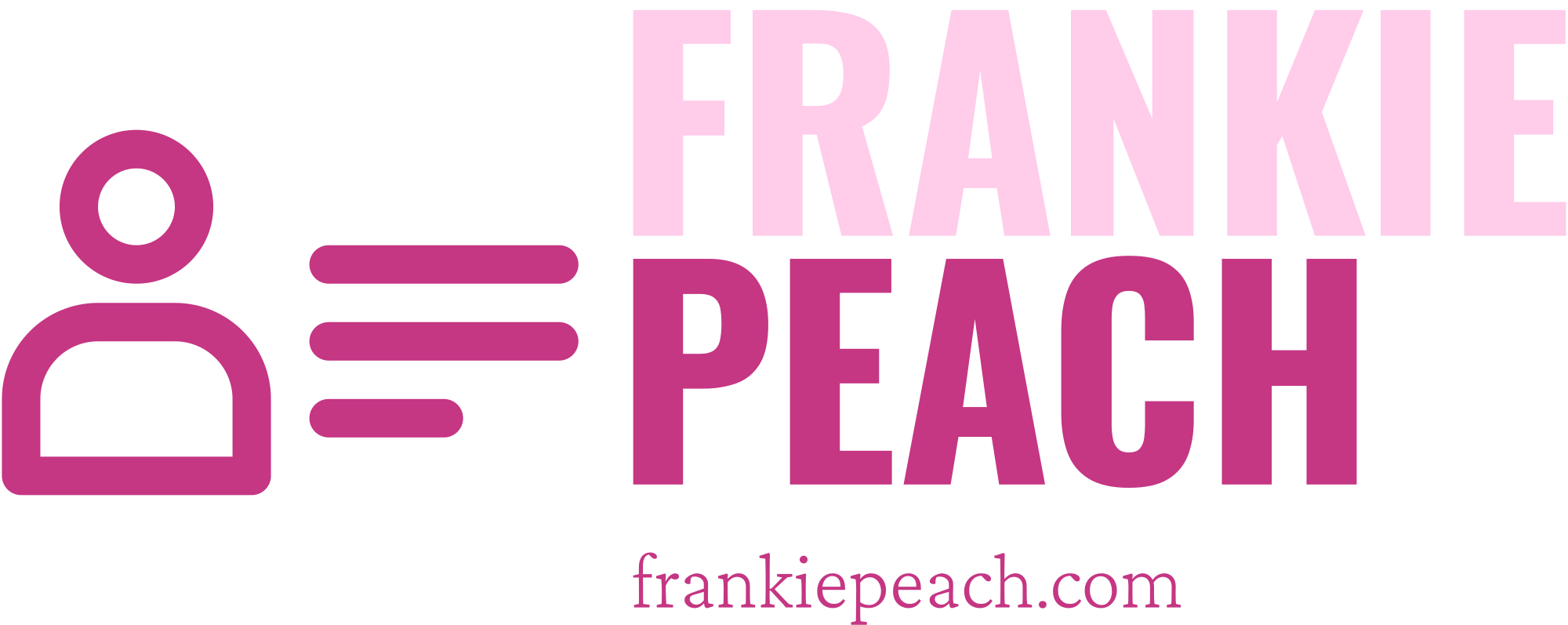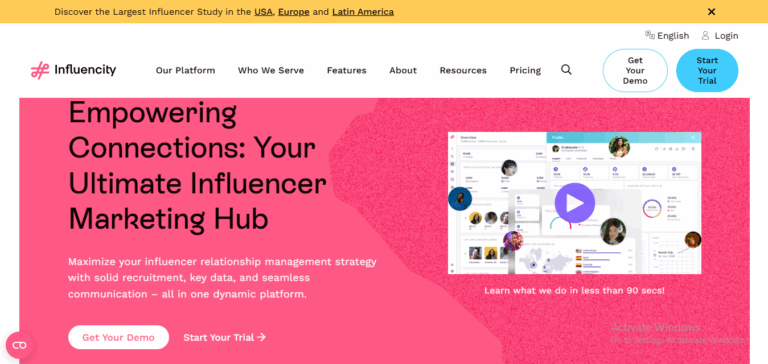Alright fam, if you’ve been riding the Influencity train and thinking, “Hmm… there’s gotta be something slicker, smoother, or cheaper out there,” you’re not alone. I’ve been there, done that, and burned through my fair share of influencer marketing tools. So I took one for the team and went on a deep-dive mission into the influencer platform jungle to find the 29 best Influencity alternatives for 2025.
Whether you’re a brand trying to blow up on TikTok or an agency managing influencer chaos, these platforms are worth a peek. Let’s break ‘em down—no fluff, no fancy jargon—just the pros, cons, and everything in between. Buckle up.
1. Mavrck
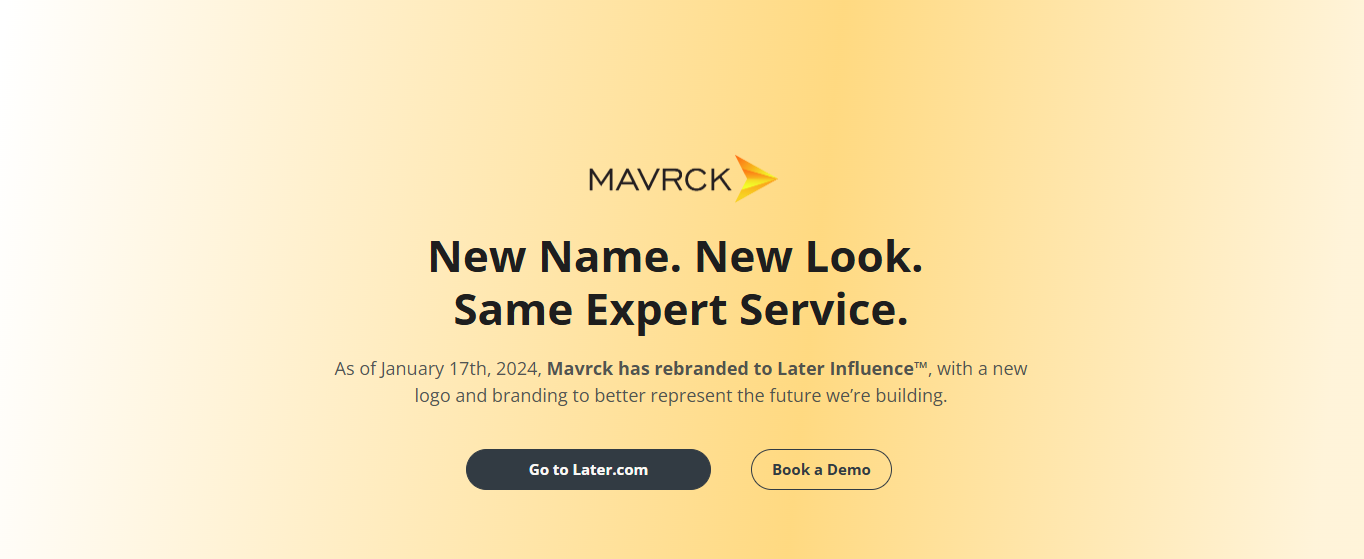
Best for: Big brands who want all-in-one control
What I liked:
Mavrck feels like the Tesla of influencer platforms—sleek, powerful, and kinda makes you feel like a boss. You can discover influencers, activate campaigns, manage payments, and even run surveys. They give you tools for nano to celeb-level creators.
What I didn’t vibe with:
Not gonna lie—this is not for side hustlers or solopreneurs. Mavrck’s pricing screams “corporate budget.” If you’re small-time, it’s a stretch.
Pros:
- Deep automation (campaigns run like butter)
- Social listening
- Great analytics and ROI tracking
Cons:
- Pricey AF
- Not super intuitive at first
Pricing:
Enterprise-level, so you’ll need to hop on a call and bring your CFO.
2. The Influencer Room
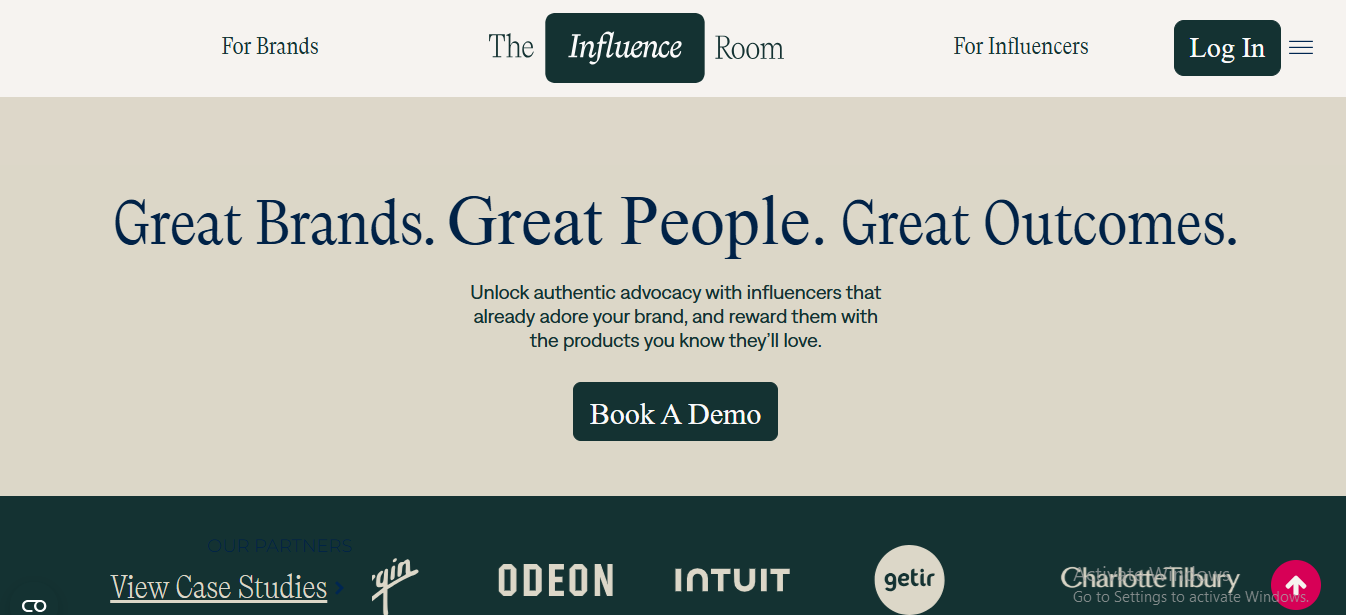
Best for: Building actual relationships (not just $$$ collabs)
What I liked:
This one’s giving me LinkedIn-meets-Tinder vibes—but for brands and influencers. You’re matched based on shared values and vibes. It’s less “post and go,” more “let’s build a long-term thing.”
What I didn’t love:
You kinda gotta babysit the relationship building. If you want quick campaign rollouts, this might be slow for you.
Pros:
- Relationship-first model
- Super selective, high-quality creators
- Authenticity over vanity metrics
Cons:
- Slower process
- Not as scalable for large-volume campaigns
Pricing:
Custom quotes—so be ready to chat.
3. Grin
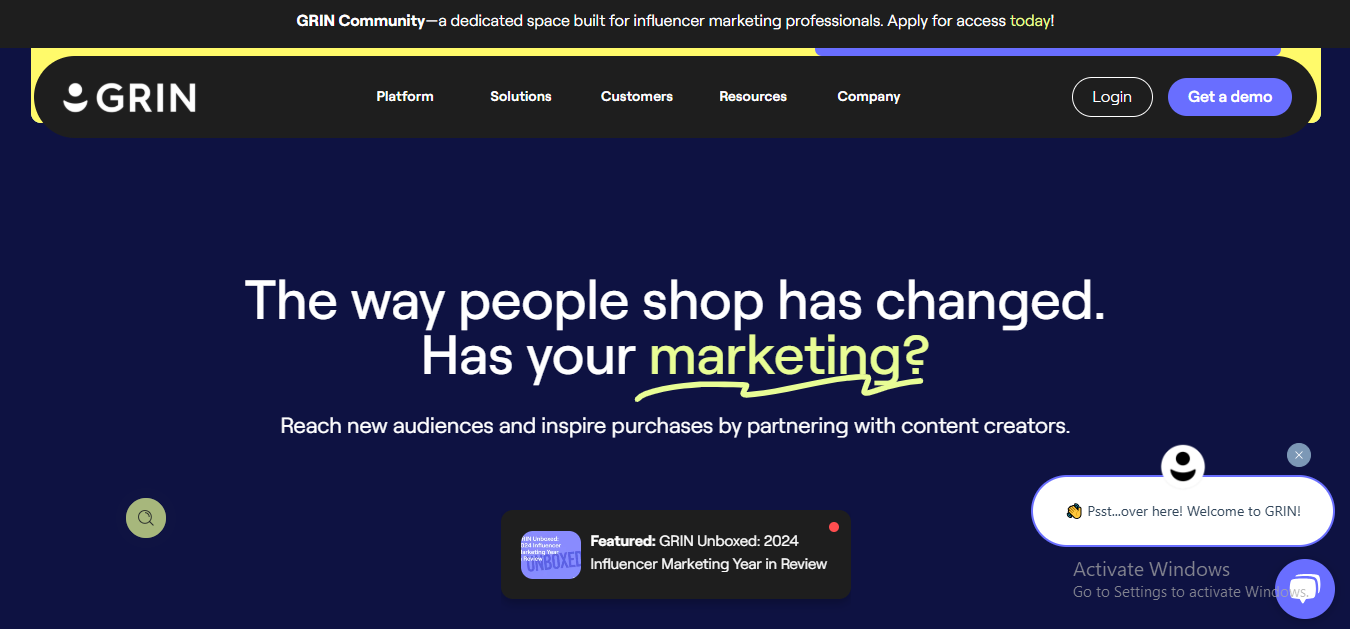
Best for: E-comm brands who live and breathe Shopify
What I liked:
Grin is like the ultimate influencer CRM. It’s made for DTC brands and integrates like a charm with Shopify, WooCommerce, etc. You can gift products, track ROI, and manage creators all in one hub.
What I didn’t like:
The UI is kinda stiff. Also, not great if you’re outside e-comm land.
Pros:
- Sick integrations
- Killer ROI tools
- Awesome for long-term ambassador programs
Cons:
- Bit pricey for small teams
- Less flexible for non-e-commerce brands
Pricing:
Starts around mid-four figures/month. Custom plans only.
4. Hashtag Paid (a.k.a. #Paid)
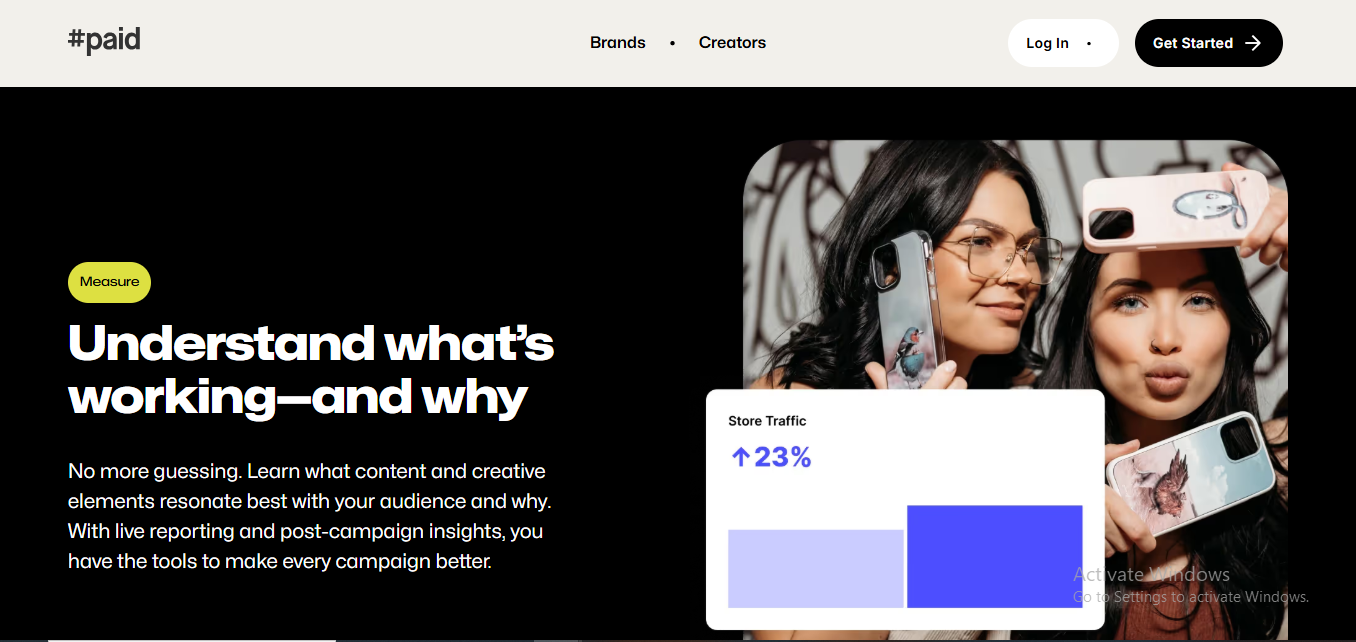
Best for: Matching with creators that “get” your brand
What I liked:
This one’s giving Bumble energy—creators apply to you. You drop a brief, and then only the real ones who vibe with your brand come through. Saves SO much back-and-forth.
What I didn’t love:
Kinda wish there were more micro influencers. Feels a bit top-heavy.
Pros:
- Easy matchmaking system
- Transparent pricing per creator
- Smart campaign flow
Cons:
- Limited pool in some niches
- Less flexibility for niche campaigns
Pricing:
Starts around $500/month, plus creator fees.
5. Lolly
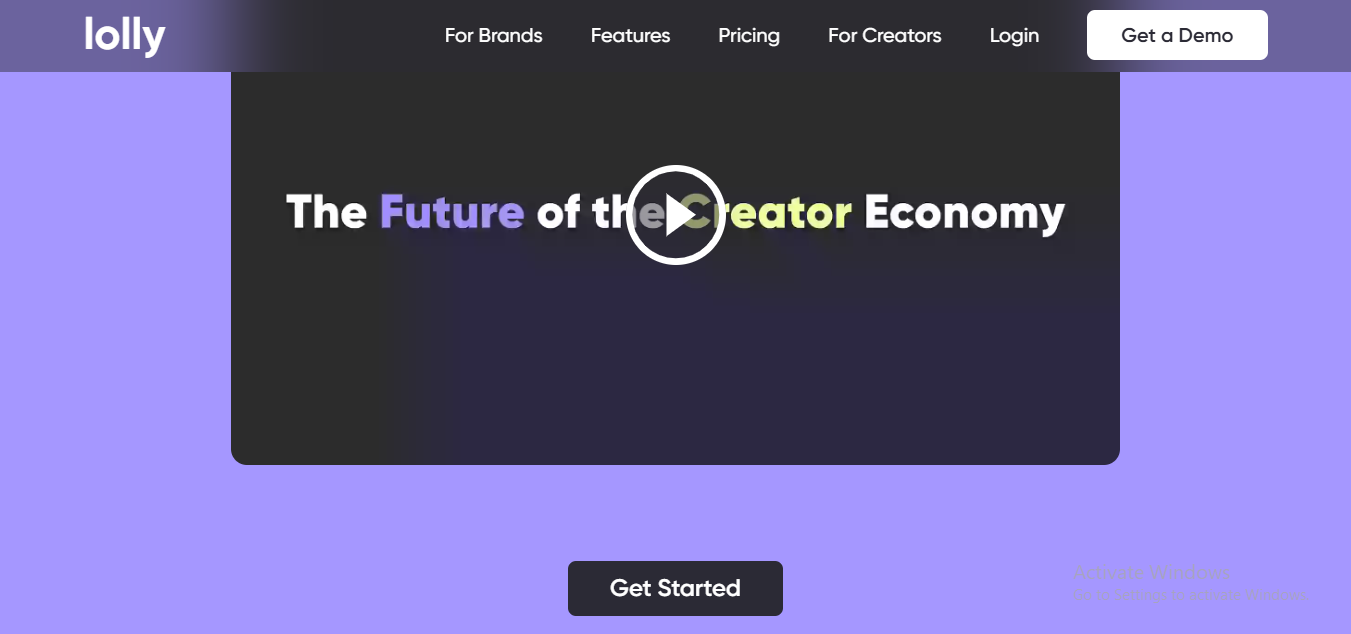
Best for: Gen Z brands who want native TikTok vibes
What I liked:
Lolly is the cool kid at school. Think short-form videos, trends, dances, and Gen Z creators that actually know what they’re doing. Great for viral pushes and TikTok product launches.
What I didn’t like:
Kinda chaotic—more like a marketplace than a structured platform. Some campaigns felt like a free-for-all.
Pros:
- Super fun creator base
- TikTok and IG Reels focused
- Great for brands with “aesthetic”
Cons:
- Less brand control
- Not ideal for serious metrics junkies
Pricing:
Pretty flexible—starts around $250–$1K per campaign, depending on creators.
6. The Cirqle
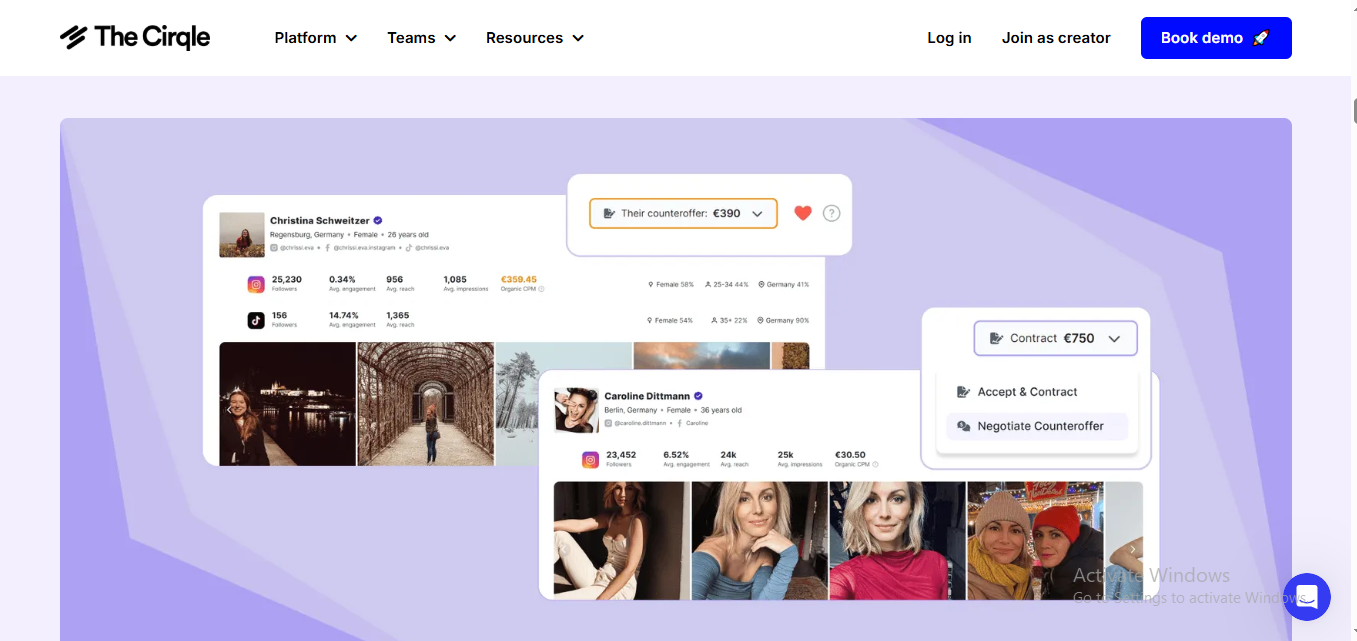
Best for: Globally scaling your influencer campaigns
What I liked:
This one’s a sleeper hit. The Cirqle lets you manage influencer campaigns in 30+ countries without losing your mind. Love the content rights system too—super easy to reuse content for ads.
What I didn’t like:
You’ll need some onboarding time. It’s powerful, but not plug-and-play.
Pros:
- Solid global influencer database
- Built-in content licensing
- Advanced reporting tools
Cons:
- Steeper learning curve
- Interface could use some modern flair
Pricing:
Mid to high tier—worth it if you’re going global.
7. Influencity
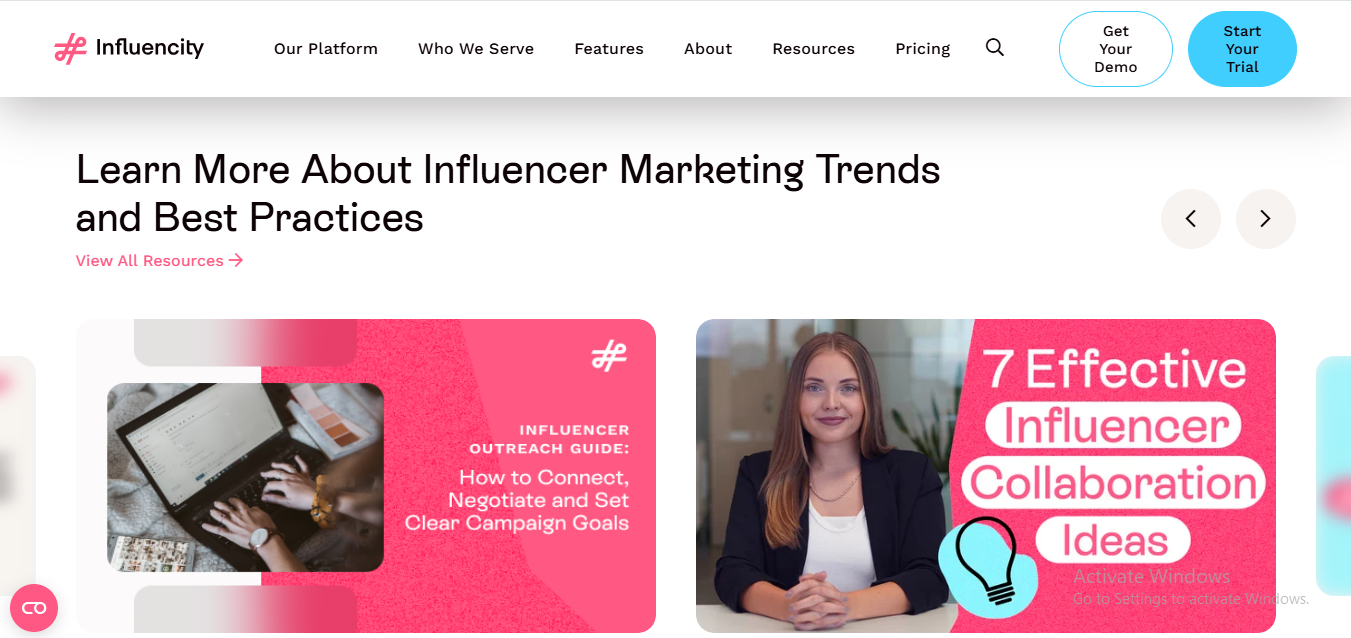
Best for: Metrics nerds and campaign data junkies
Why it’s on the “alternatives” list anyway:
We’re technically replacing Influencity here, but I’ll give it credit—it does analytics like a champ. But if you’re here, you’re probably ready for something fresher or simpler to use.
The verdict:
Great data, but meh UX and limited creator collab tools.
8. Popular Pays
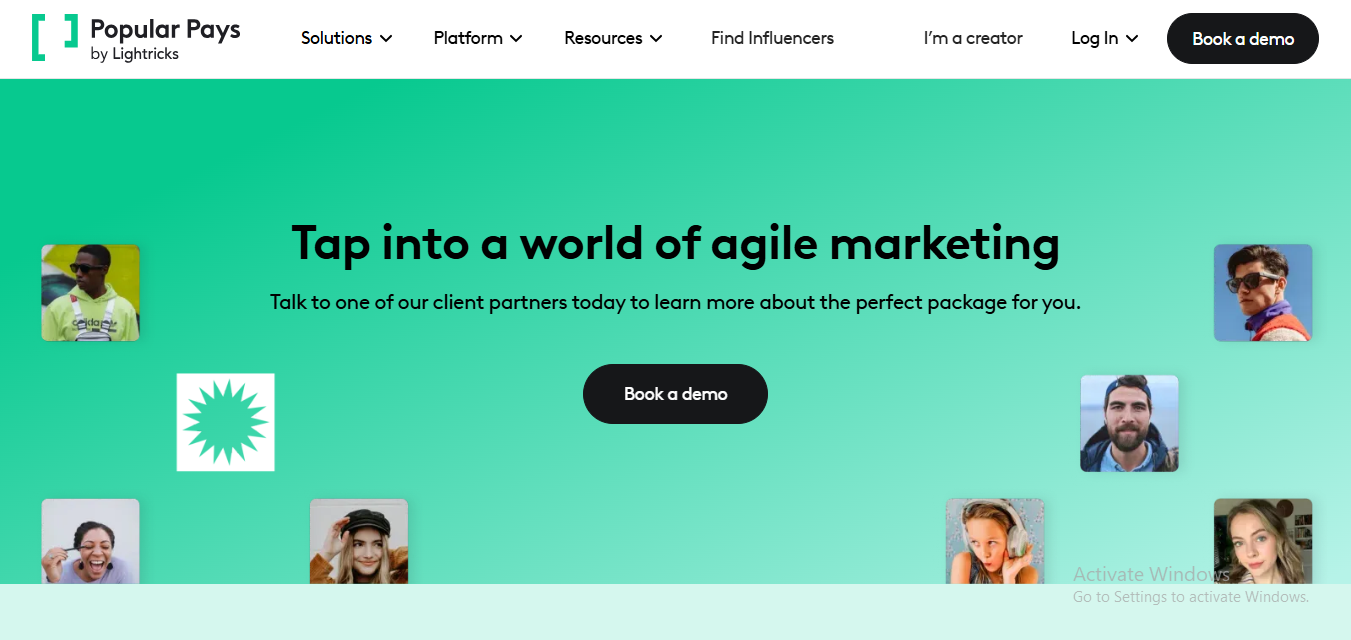
Best for: Brands that want both content and influencers
What I liked:
Pop Pays is that multitasker friend who’s got spreadsheets, snacks, AND solid Instagram captions. You can source creators for content or full-blown influencer campaigns. Plus, the UI is mad clean.
What I didn’t vibe with:
Campaign setup can feel a lil’ clunky at first, and they lean a bit more toward content creation than full-scale influencer collabs.
Pros:
- Flexible (just need UGC? They got you)
- Easy to review and approve content
- Solid community of creators
Cons:
- Not ideal for microinfluencer scale
- Some features feel more agency-centric
Pricing:
Starts mid-range—think ~$500/month and up depending on your campaign goals.
9. Collabstr
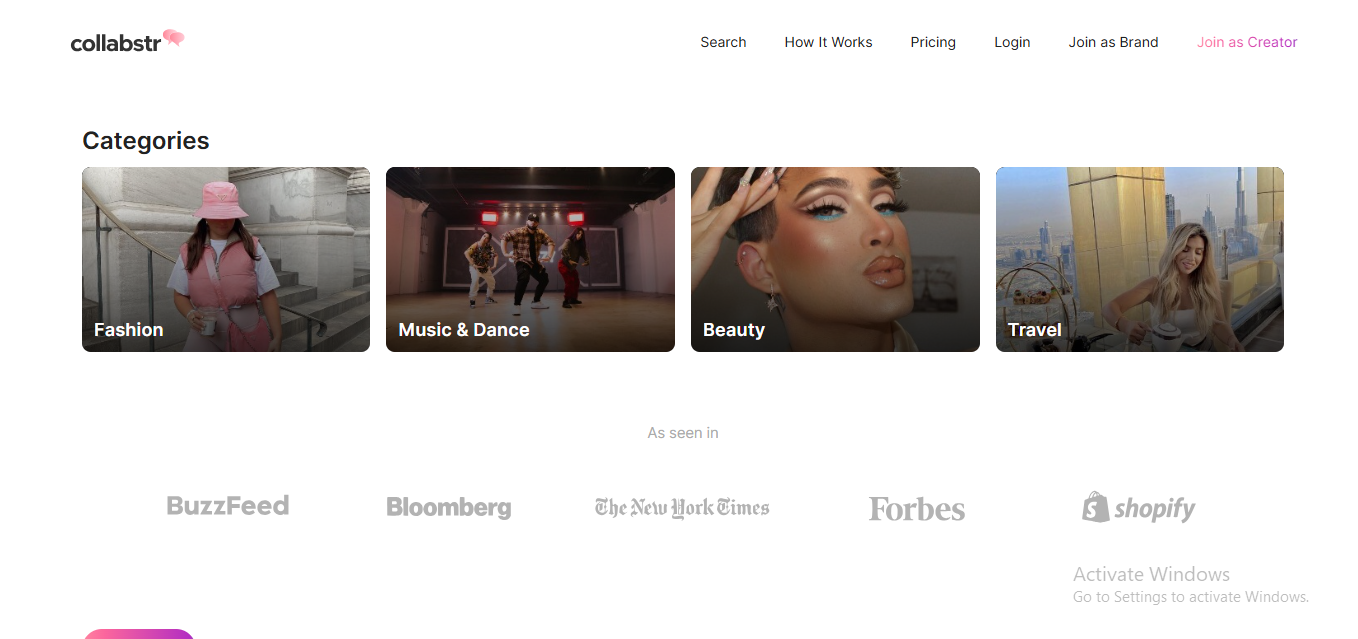
Best for: Quick, no-frills influencer bookings
What I liked:
This one’s like ordering Uber Eats—but for influencers. You browse creators, check their packages (yep, prices upfront), and boom—you’re booking. Super dope for one-off posts or testing the waters.
What I didn’t love:
No deep analytics. It’s not built for big campaign tracking—more like a marketplace than a full platform.
Pros:
- Transparent pricing (bless!)
- Great for TikTok + IG
- Instant creator access
Cons:
- Lacks reporting tools
- Not great for building long-term collabs
Pricing:
Pay-per-collab. No monthly fee unless you upgrade to premium features.
10. Kolsquare
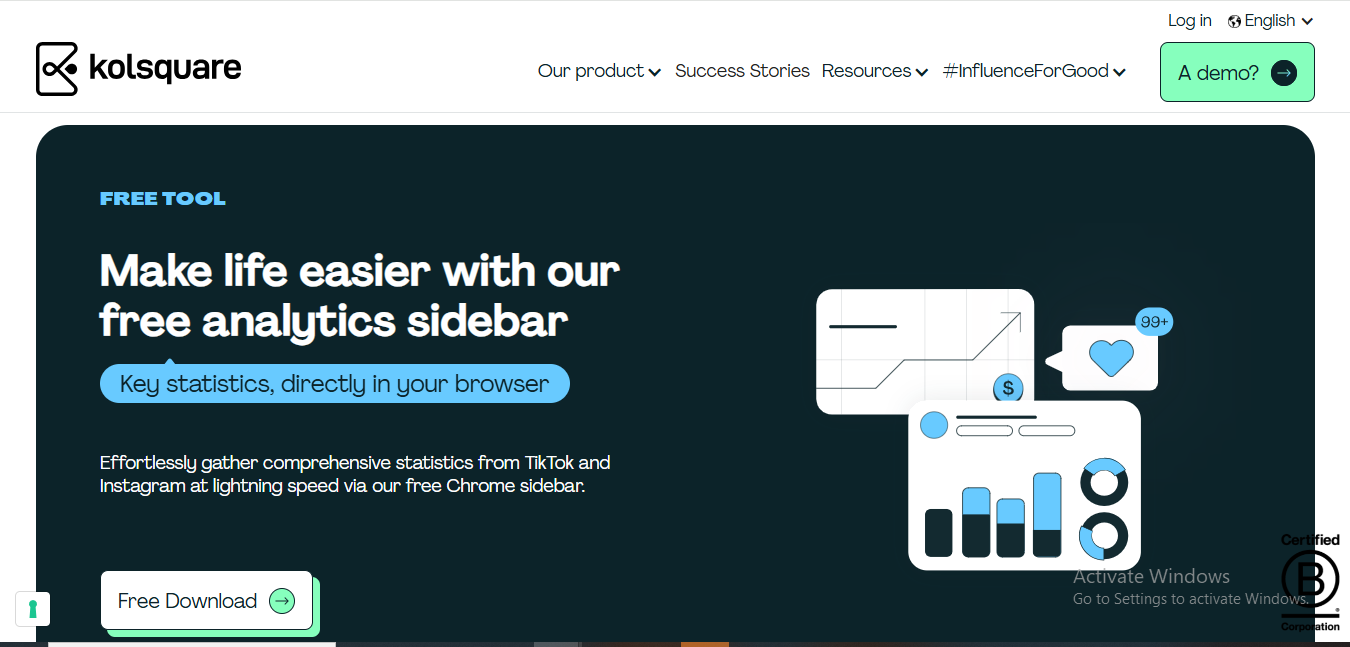
Best for: Data geeks and global reach seekers
What I liked:
Kolsquare (aka “Key Opinion Leaders” square) is def more B2B-feel, but hear me out—they’ve got DEEP audience insights. Like, you’ll know what kind of toothpaste a creator’s followers use (okay not literally, but close).
What I didn’t vibe with:
Feels very Euro-corporate. The interface isn’t the friendliest if you like things drag-and-drop style.
Pros:
- Global influencer reach
- Next-level analytics
- Strong on compliance & disclosure tools
Cons:
- UX could use a glow-up
- Less creator discovery, more brand-focused
Pricing:
Custom pricing based on your brand size and goals. Not exactly “freelancer budget.”
11. Captiv8
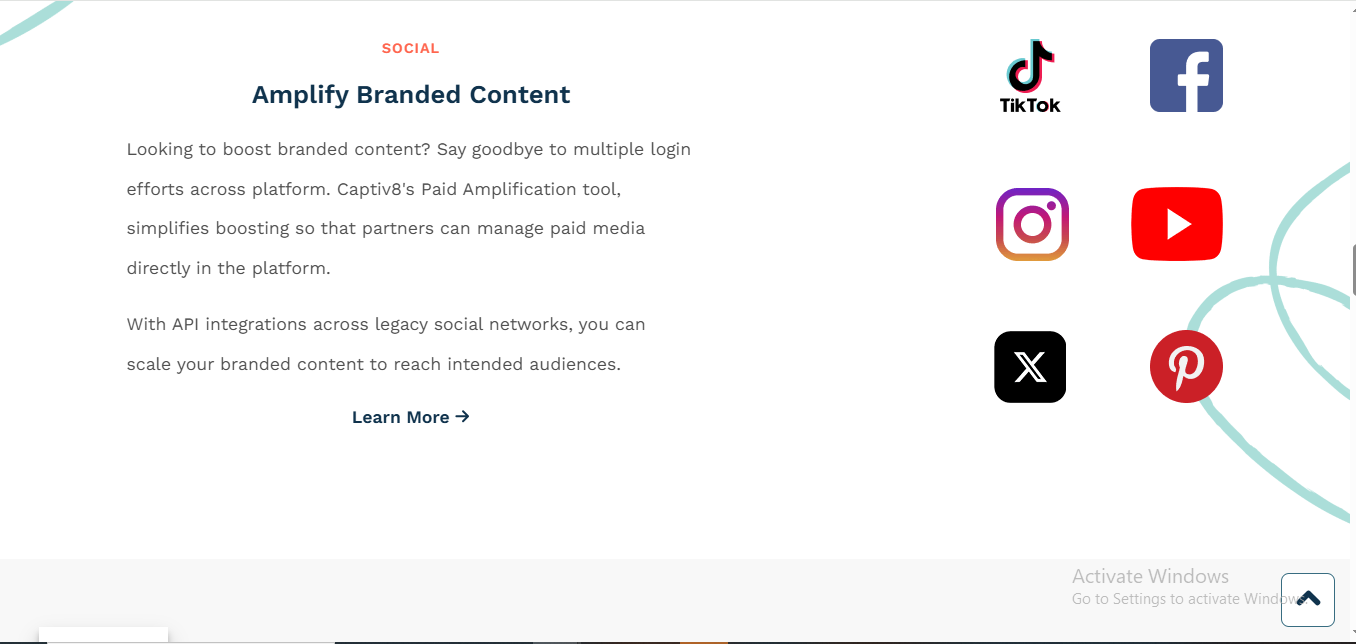
Best for: Big brands ready to scale fast
What I liked:
Captiv8 has everything. Discovery, campaign workflows, content licensing, AI-powered suggestions—it’s giving Marvel Universe level of features. Great if you’re managing a ton of creators and want everything in one hub.
What I didn’t like:
You better have a marketing team—or at least a caffeine drip. It’s a lot to take in at first.
Pros:
- Enterprise-level power
- Super smart campaign recommendations
- Great for paid media + creator collabs
Cons:
- Overwhelming if you’re solo
- Price tag = 😳
Pricing:
Enterprise pricing only. You’ll need to get on a call and maybe pour a glass of wine.
12. Aspire (fka AspireIQ)
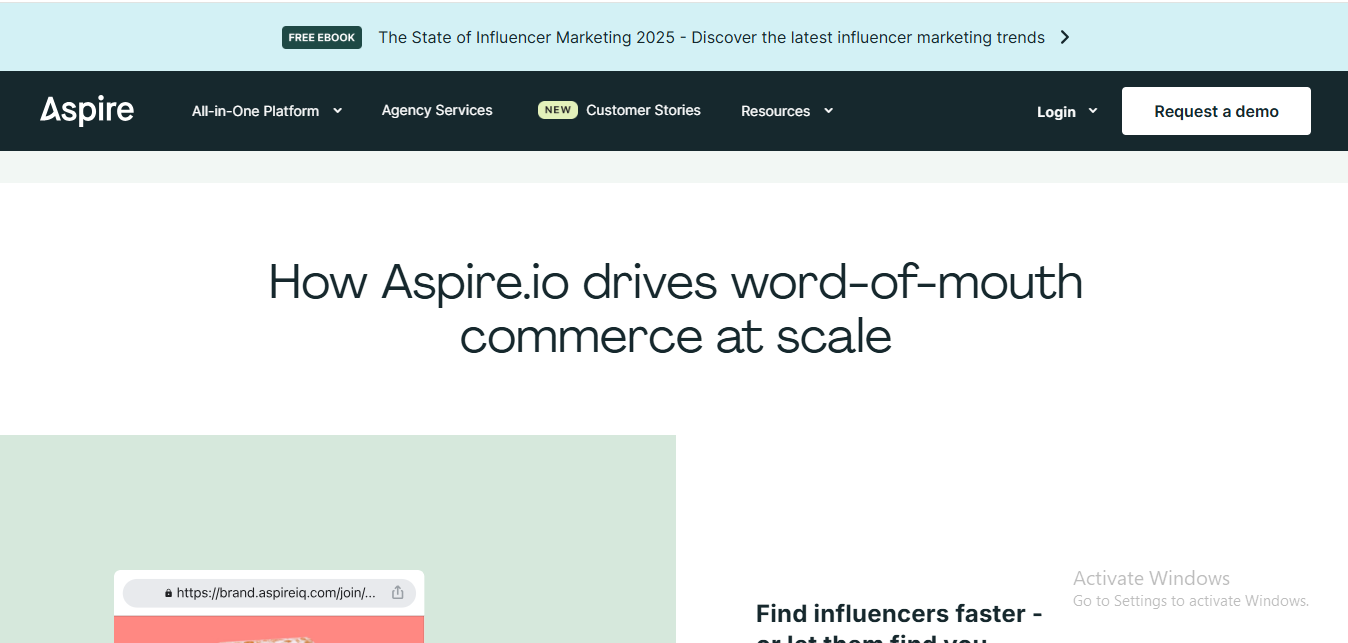
Best for: E-comm brands with serious growth goals
What I liked:
Aspire is made for e-comm pros who want to scale influencer marketing like they scale FB ads. They’ve got integrations with Shopify, Klaviyo, etc., and a gorgeous campaign builder that makes my inner Virgo scream with joy.
What I didn’t love:
Not the cheapest option for smaller brands. Also, the onboarding takes a minute.
Pros:
- Seamless product seeding
- Clean, intuitive dashboards
- Great customer support
Cons:
- On the pricier side
- Less appeal for non-e-comm brands
Pricing:
Starting at ~$1,200/month. They offer custom plans based on volume.
13. TRIBE
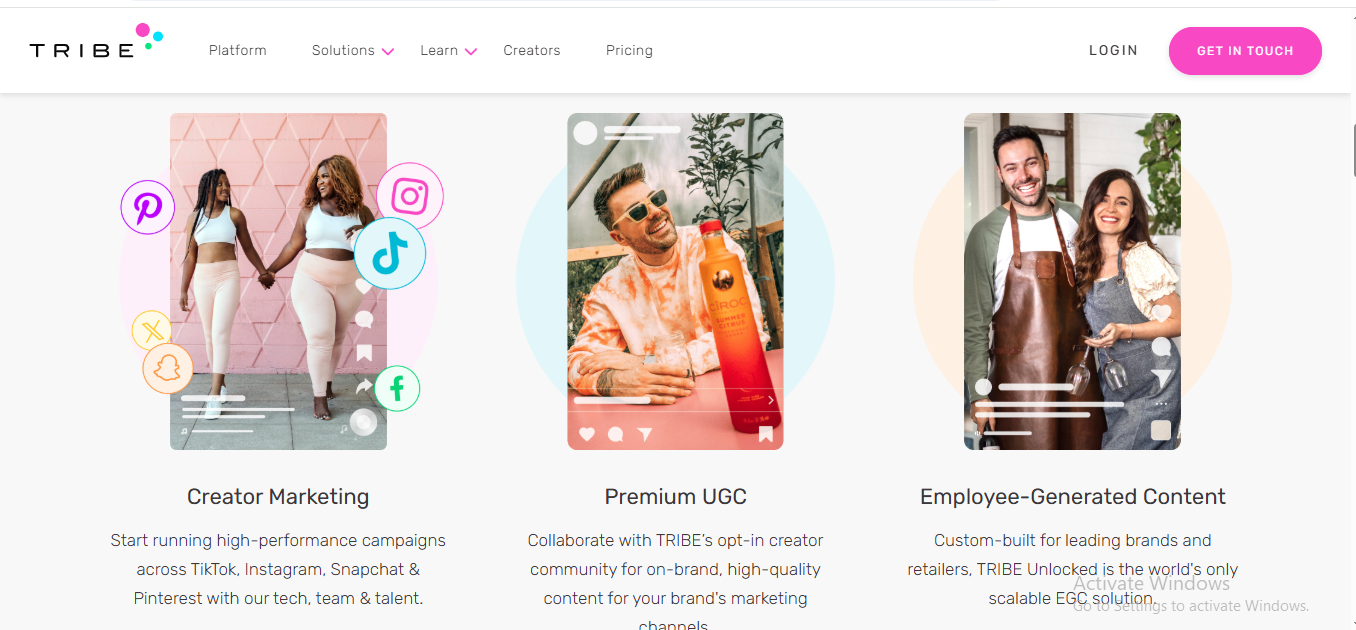
Best for: UGC + influencer combo lovers
What I liked:
TRIBE lets creators pitch content ideas before you commit, which I love. It’s like getting the trailer before you buy the movie. Plus, there’s a major focus on UGC, which is 🔥 for paid ads.
What I didn’t like:
Discovery tools are a bit mid. You’re mostly waiting on pitches rather than actively hunting influencers.
Pros:
- Pre-approval pitches
- Fast content delivery
- Big on UGC
Cons:
- Smaller creator pool
- Less control over influencer search
Pricing:
Starts around $300/month for self-service, plus content fees.
14. Braze
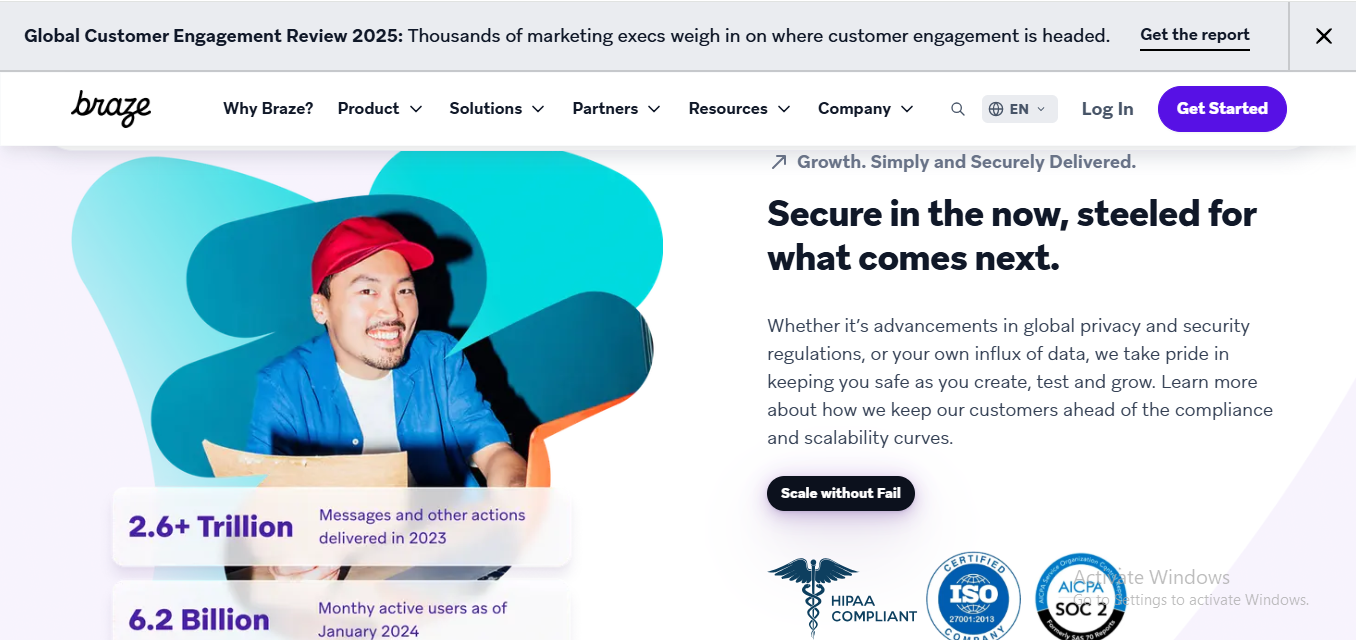
Best for: Integrating influencer data into larger campaigns
What I liked:
Okay, Braze isn’t an “influencer” platform per se—it’s a customer engagement platform. But, when paired with influencer tools, it’s a beast. You can track conversions, segment audiences, and personalize like crazy.
What I didn’t love:
It’s not plug-and-play for influencer campaigns. You gotta pair it with other tools (or a team that knows their stuff).
Pros:
- Advanced segmentation + automation
- Killer insights
- Perfect for lifecycle marketing nerds
Cons:
- Not built for creator discovery
- Not a standalone influencer platform
Pricing:
Custom. And yeah, it’s more for enterprise-level peeps.
15. IZEA
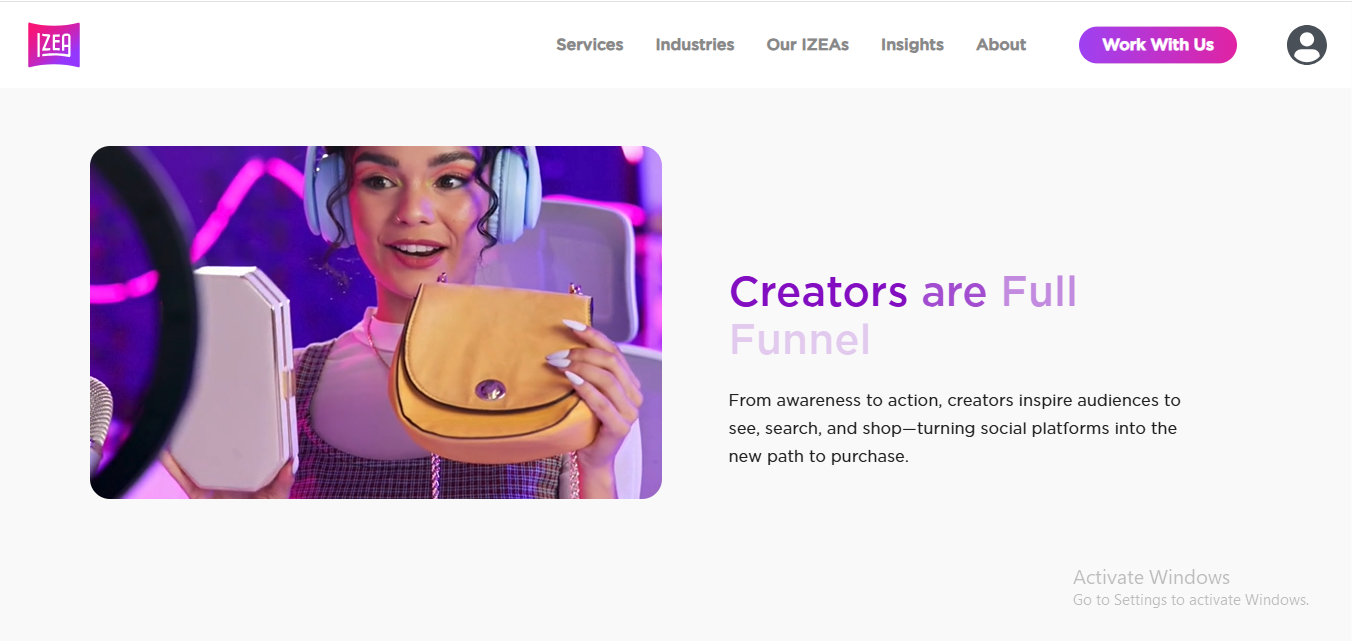
Best for: Brands that love automation and big reach
What I liked:
IZEA’s been around since, like, MySpace days (okay not really, but they’ve been in the game a while). What I love? The automation. You can create campaigns, set budget ranges, and influencers just slide into your virtual DMs. It’s giving very much Netflix auto-play vibes—set it and forget it.
What I didn’t like:
Their UI could use a Gen Z glow-up. It’s very… early 2010s SaaS. Also, you gotta pay up if you want deeper analytics.
Pros:
- Campaign automation = chef’s kiss
- Lots of creators across niches
- Good for influencer + content licensing
Cons:
- UI is a lil’ crusty
- Limited features on basic plans
Pricing:
Starts at $500/month for self-service, but full-on enterprise plans go $$$.
16. Insense
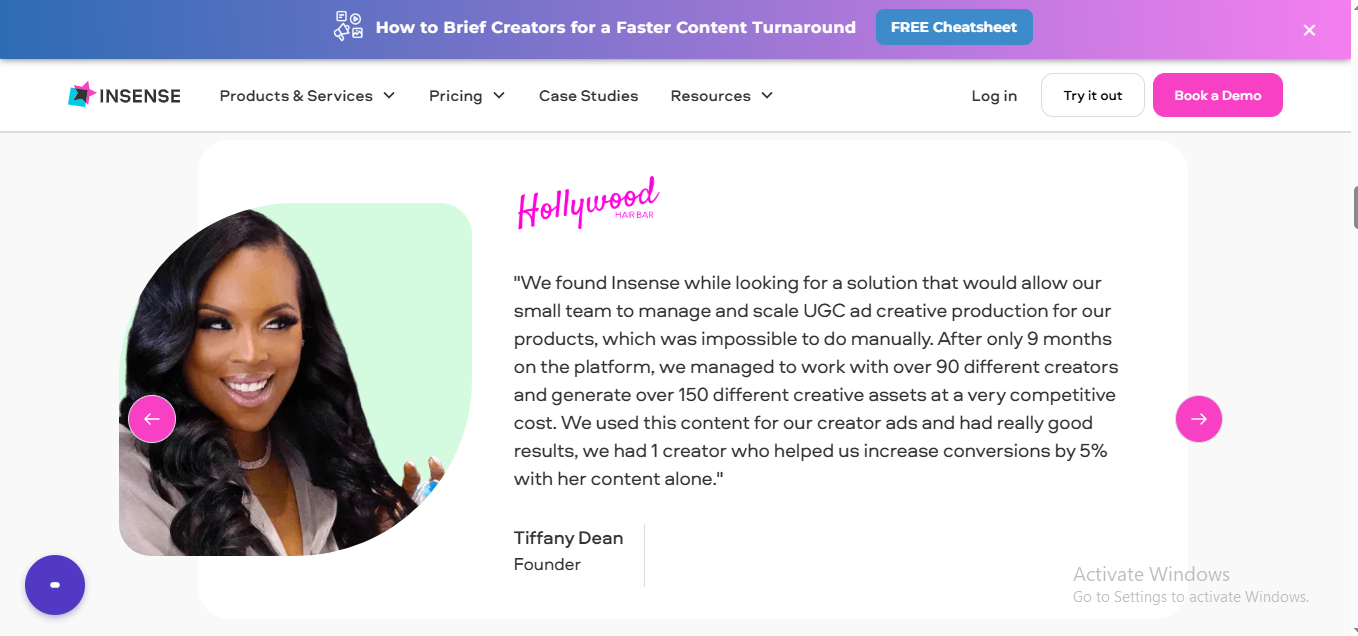
Best for: UGC-focused brands & paid ad content
What I liked:
Insense is perfect if you’re tired of asking your intern to crop Reels. You can brief creators for UGC-style content, especially for Meta ads. I also love that you can integrate straight into Meta Ads Manager—huge win for performance marketers.
What I didn’t vibe with:
Not built for full influencer campaigns. It’s really more a content machine than a relationship-building tool.
Pros:
- Killer UGC creation
- Direct plug into Meta Ads
- Easy onboarding + briefs
Cons:
- Not for long-term influencer strategy
- Smaller creator marketplace
Pricing:
Starts at $350/month and scales up based on campaign volume.
17. Influence.co
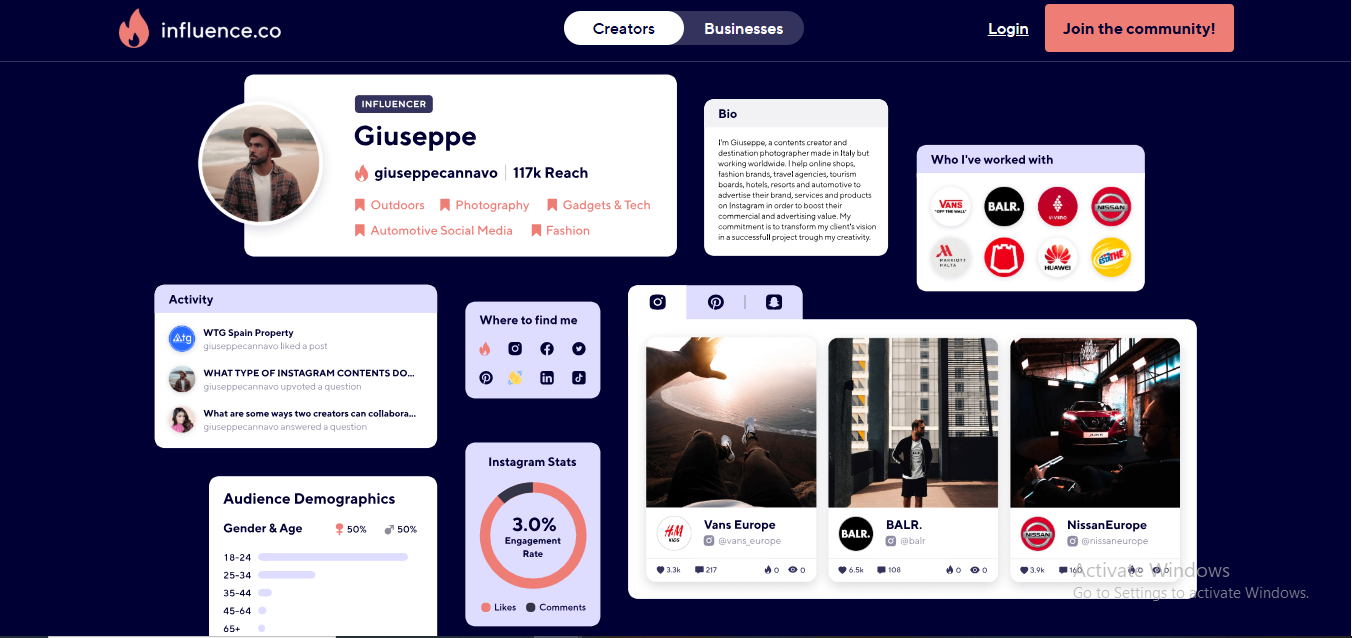
Best for: Building real creator relationships
What I liked:
Honestly, this one feels like LinkedIn met Instagram at a rooftop party. Creators and brands both have profiles, and you can follow, message, and even network. Super cool if you’re looking to build actual community—not just one-off paid shoutouts.
What I didn’t like:
Feels more social than strategic. If you want deep analytics or campaign automation, this ain’t it.
Pros:
- Relationship-first vibe
- Great for community-driven brands
- Free tools available
Cons:
- Not robust for analytics
- Less automation
Pricing:
Freemium model, with paid plans starting around $150/month for more pro features.
18. Influencer.com
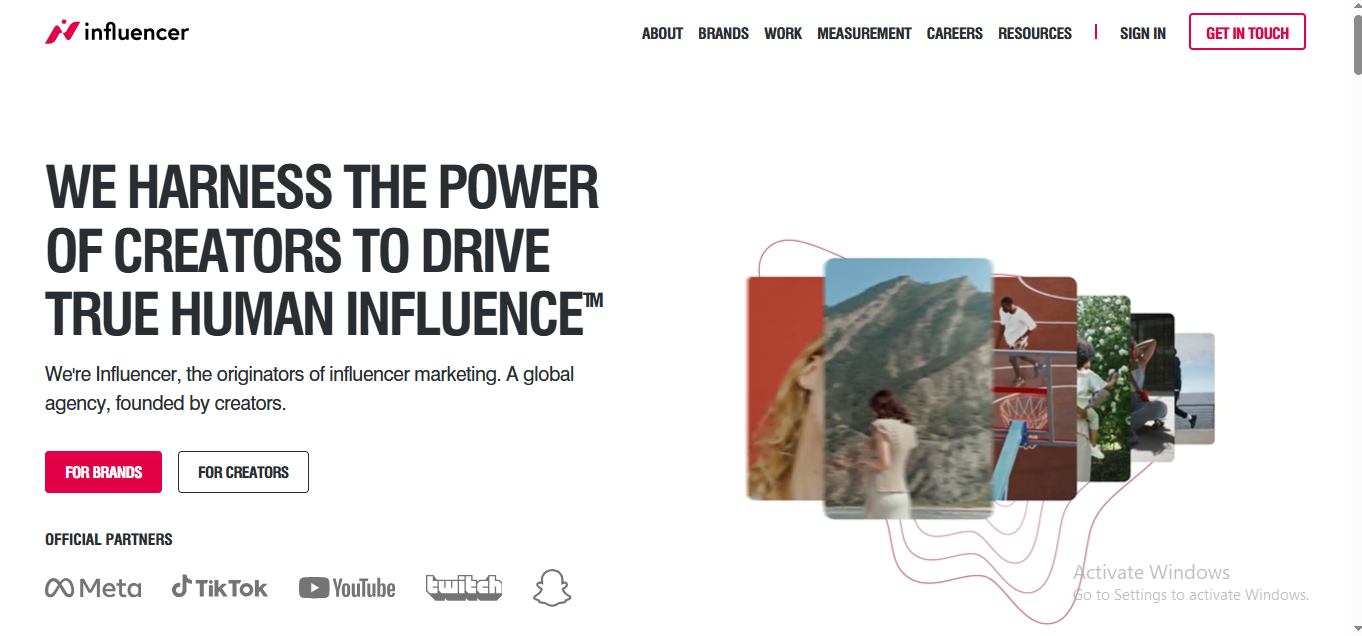
Best for: Full-service influencer campaigns with ROI tracking
What I liked:
This platform is slick. It’s one of the more polished tools out there, and the brand-influencer matchmaking? Chef’s kiss. Plus, their real-time analytics feel like you’re tracking a NASA launch.
What I didn’t love:
Definitely built more for enterprise or high-volume brands. If you’re running a small business, you might feel like you just walked into a boardroom in your pajamas.
Pros:
- Data-rich campaign tracking
- Smart influencer matchmaking
- A+ UI and dashboard flow
Cons:
- Pricey for smaller brands
- Bit corporate in feel
Pricing:
They keep it hush-hush, but think four figures a month, easily.
19. Later (formerly Later.com)
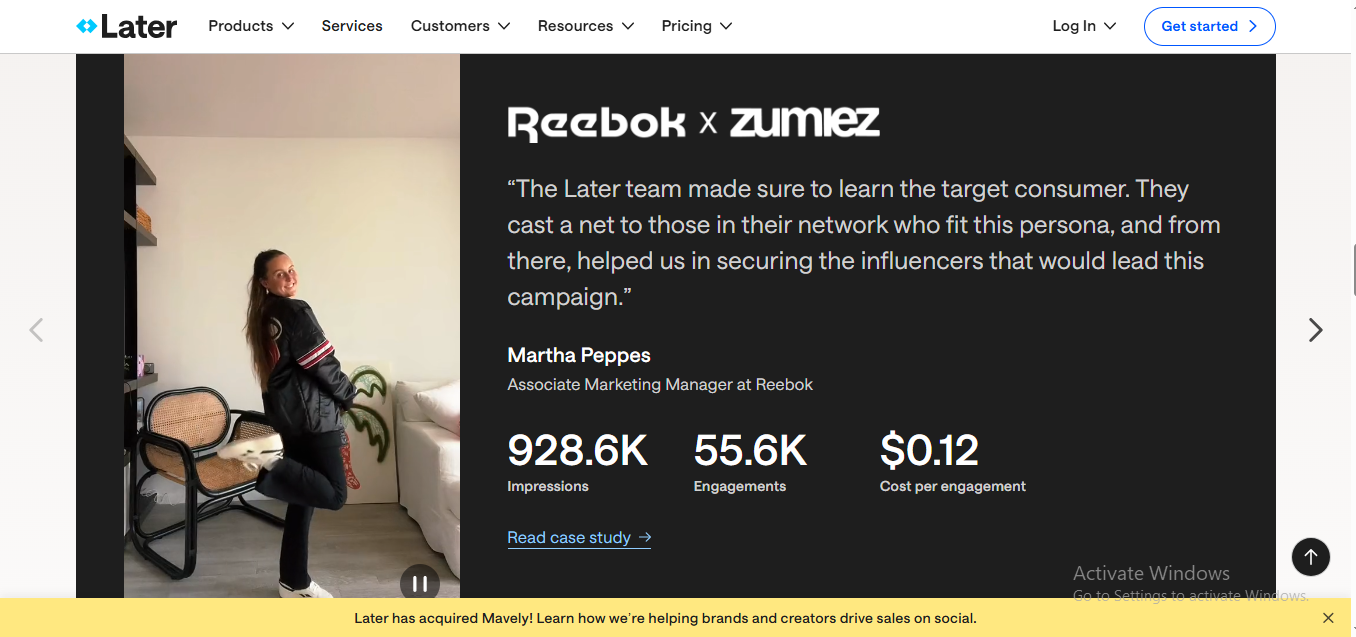
Best for: Social scheduling meets influencer coordination
What I liked:
If you’re already using Later for scheduling your IG posts (same), their influencer tools are a sweet bonus. You can discover creators, manage collabs, and track performance—all within your calendar view.
What I didn’t love:
Definitely not a hardcore influencer platform. It’s more like a cherry on top of their core social media suite.
Pros:
- Seamless integration with social scheduling
- Super aesthetic UI
- Creator discovery is easy-peasy
Cons:
- Lacks deep influencer analytics
- Better for light collabs than major campaigns
Pricing:
Starts at $25/month for basic plans; influencer features scale with advanced tiers.
20. Shout Agency
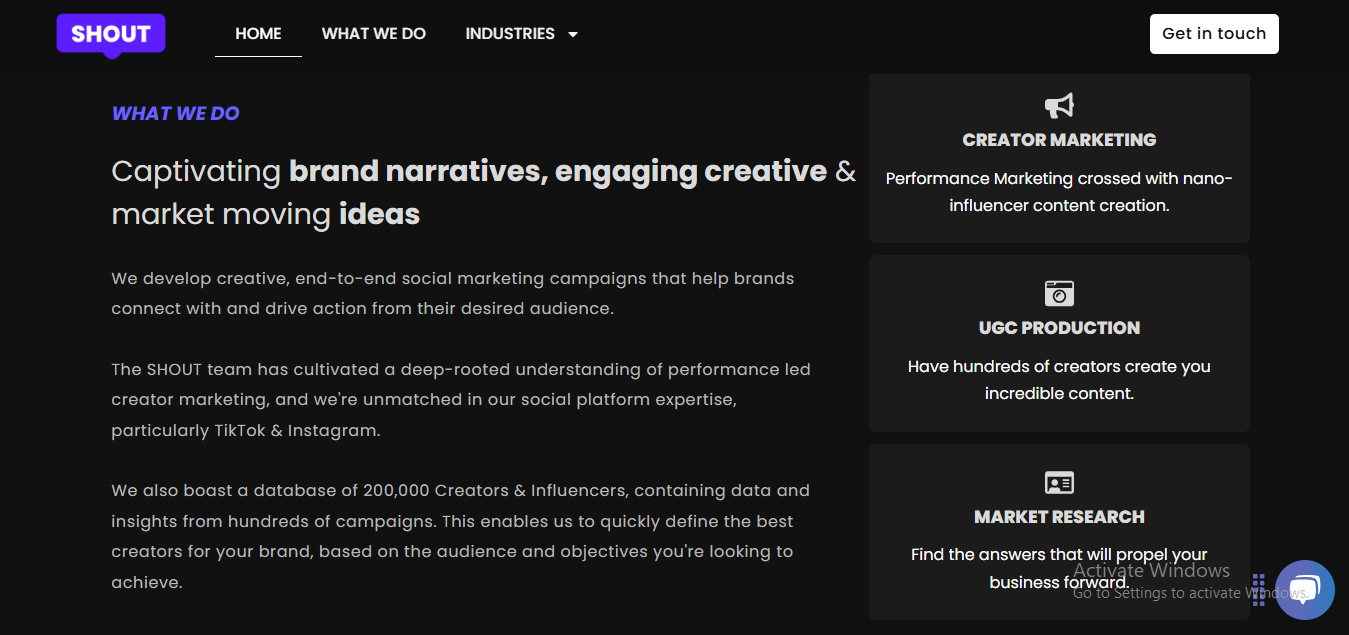
Best for: Brands that want a hands-off, done-for-you vibe
What I liked:
Shout isn’t a self-service tool—it’s more like “sit back and let us handle your influencer drama.” They specialize in campaign design and talent matching with a boutique feel. Perfect if your in-house team is… just you and your cat.
What I didn’t vibe with:
No DIY tools, so if you like full control, this ain’t it. Also, their creator base isn’t huge—it’s more curated.
Pros:
- White-glove service
- Great for strategy newbies
- Strong campaign reporting
Cons:
- No dashboard or platform use
- More agency than tech tool
Pricing:
Custom per campaign—expect agency-level pricing.
21. Klear
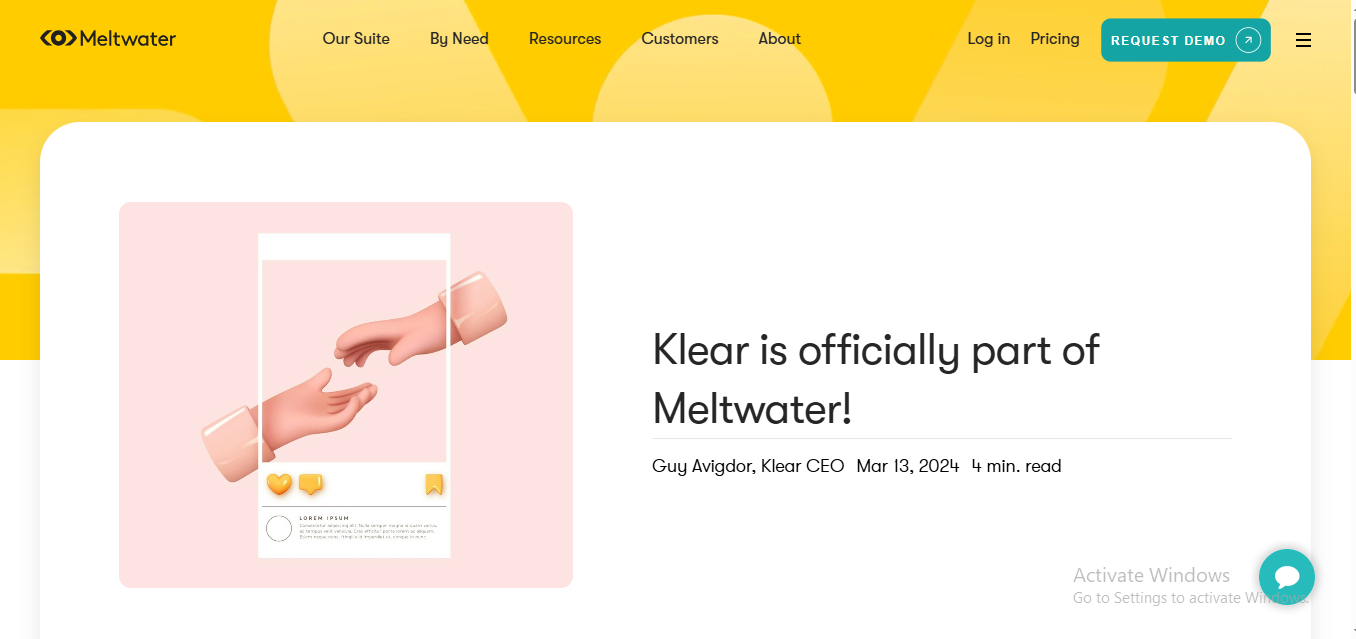
Best for: Data-driven influencer strategy + social listening
What I liked:
Klear is a beast for brands that love metrics. It’s got social listening baked in (so you know what the streets are saying), plus in-depth analytics, CRM features, and influencer discovery with filters on filters.
What I didn’t love:
It can feel a bit clinical—like you’re running a lab instead of a campaign. Also, onboarding can take time.
Pros:
- Social listening + influencer CRM
- Audience psychographics
- Great for ongoing partnerships
Cons:
- Not super beginner-friendly
- Feels a bit “corporate” at times
Pricing:
Premium AF. They tailor plans to the size of your biz, but this is a serious investment.
22. Brandbassador – The Rockstar for Brand Lovers
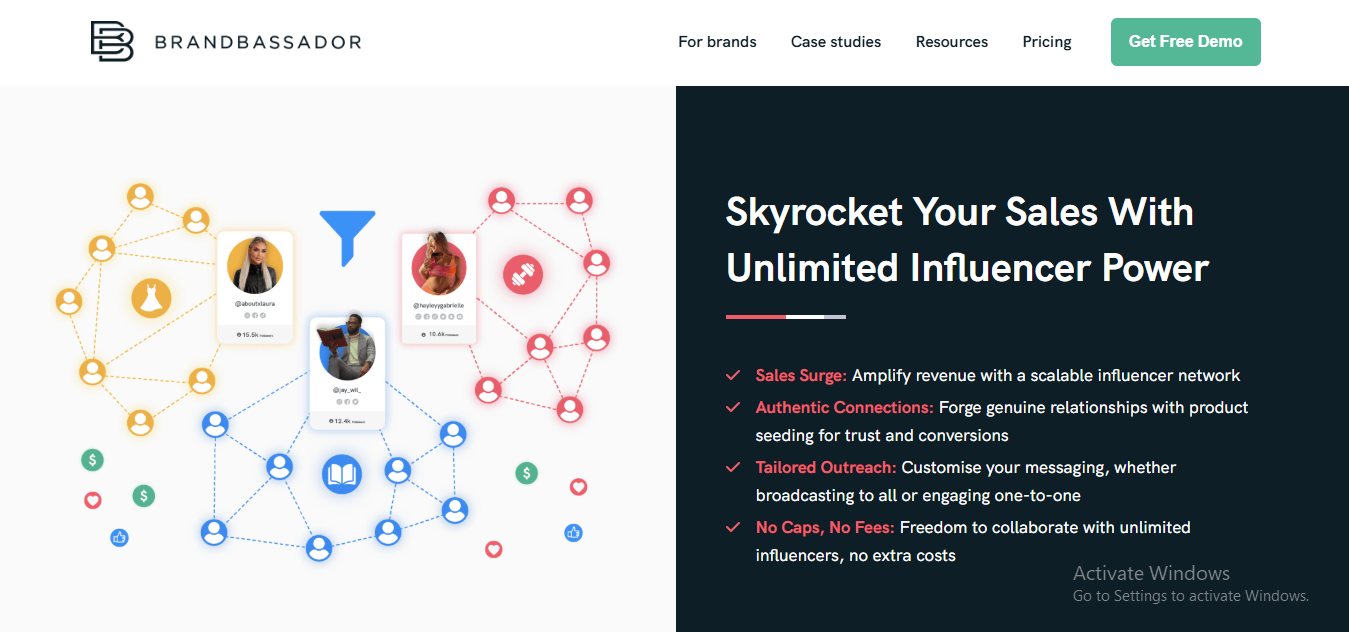
Brandbassador? More like Brand-bae-sador. This one gives influencer marketing a whole new twist—it’s part gamified loyalty program, part influencer CRM, and part social army builder.
What I Loved:
- Gamified missions keep creators engaged AF—think TikTok meets Mario Kart.
- Tracks literally everything—sales, engagement, UGC—you name it.
- Focuses heavily on brand ambassadors, not just one-off collabs.
What’s Meh:
- UI can feel a little overloaded if you’re not into all the bells and whistles.
- A bit pricey for smaller brands still finding their influencer groove.
Best For:
Brands who want to build a tribe, not just rent eyeballs.
Pricing:
High-end, def more for mid-to-large brands, but the ROI? Worth it.
23. CreatorIQ – The Enterprise Kingpin
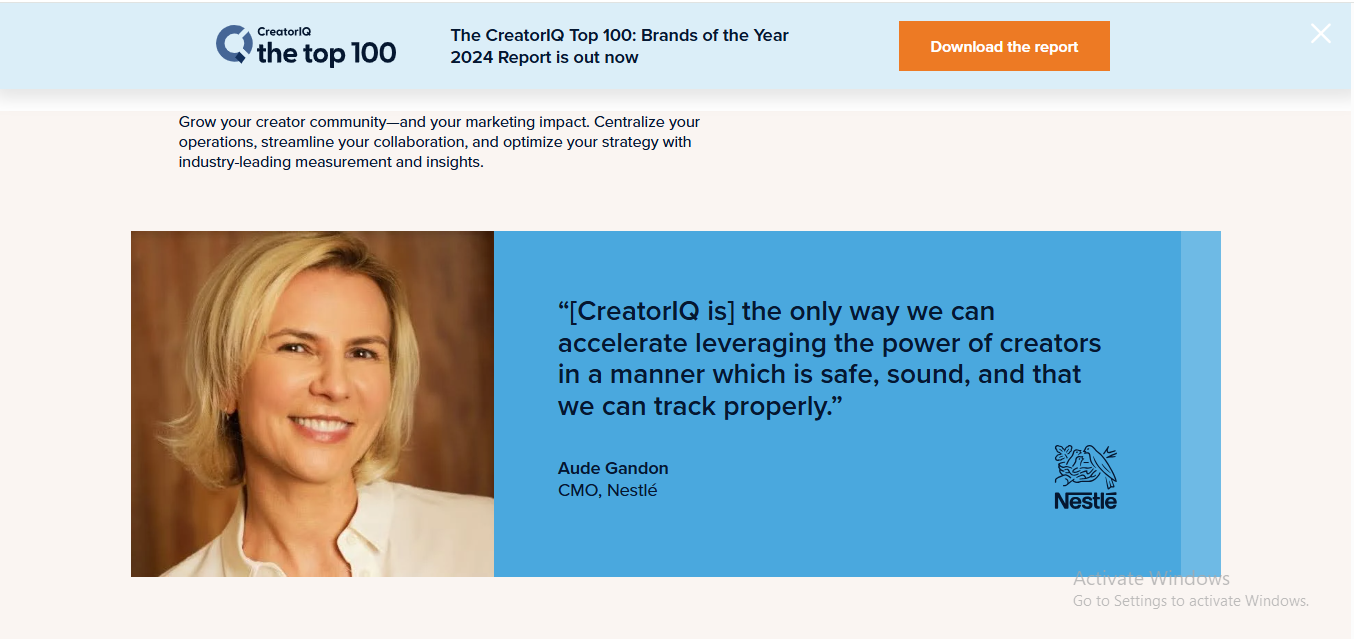
If Brandbassador is the party, CreatorIQ is the boardroom. This platform means business—and it’s loaded with data, AI smarts, and custom dashboards.
What I Loved:
- Super powerful data tools—seriously, NASA could use this.
- Direct integrations with social platforms = super accurate stats.
- White-labeling options for agencies = chef’s kiss.
What’s Meh:
- It’s expensive AF. Like, if you have to ask the price, it’s probably too much.
- Can feel very corporate—not the most creative-friendly interface.
Best For:
Agencies and enterprises ready to go all in on data-driven influencer strategy.
Pricing:
Custom, but definitely high-ticket. Don’t expect to sneak in under 5 figures.
24. Shout UGC – Small But Mighty
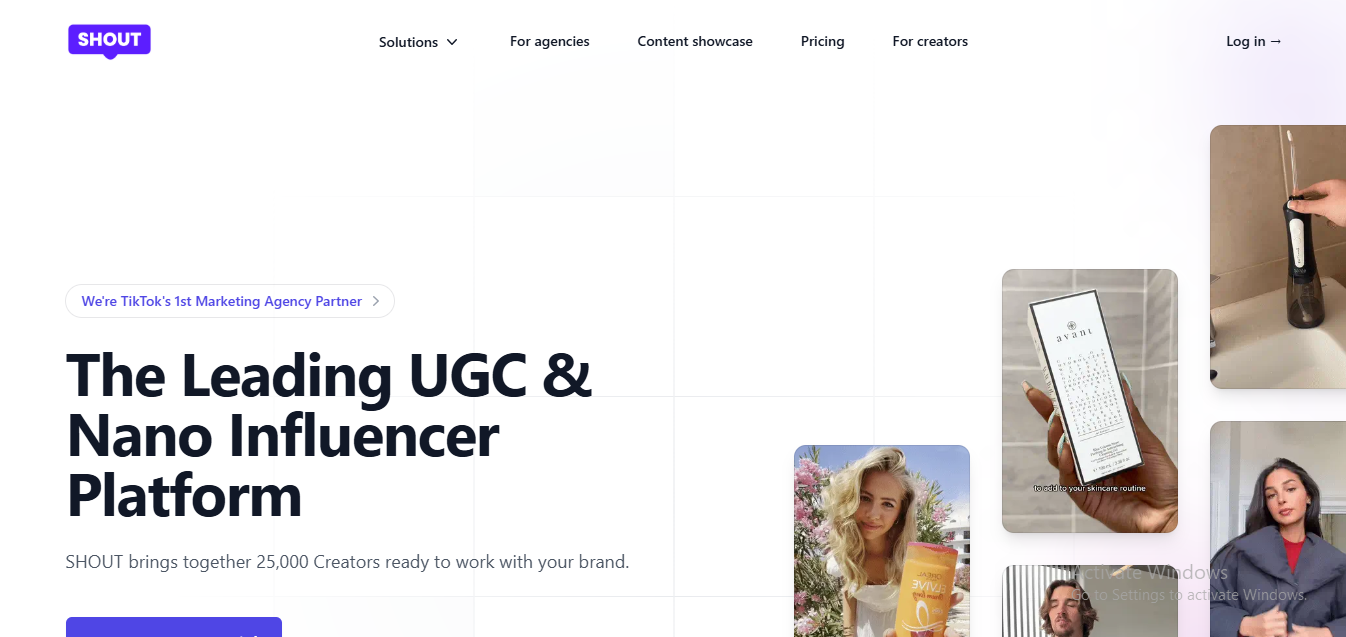
Talk about a dark horse! Shout UGC is all about letting brands collect user-generated content (UGC) fast. No fluff. No drama.
What I Loved:
- Stupidly easy to use. Like, your grandma could run a campaign.
- Perfect for brands who want real people making real content.
- Solid value if you’re trying to build a content library for ads.
What’s Meh:
- Lacks in-depth influencer analytics and tracking tools.
- Not ideal for long-term influencer partnerships—more one-and-done vibes.
Best For:
Startups and DTC brands who just need fire content from real humans.
Pricing:
Way more affordable than the big guys—perfect for lean teams.
25. InfluencerMarketing.ai – AI with Swag
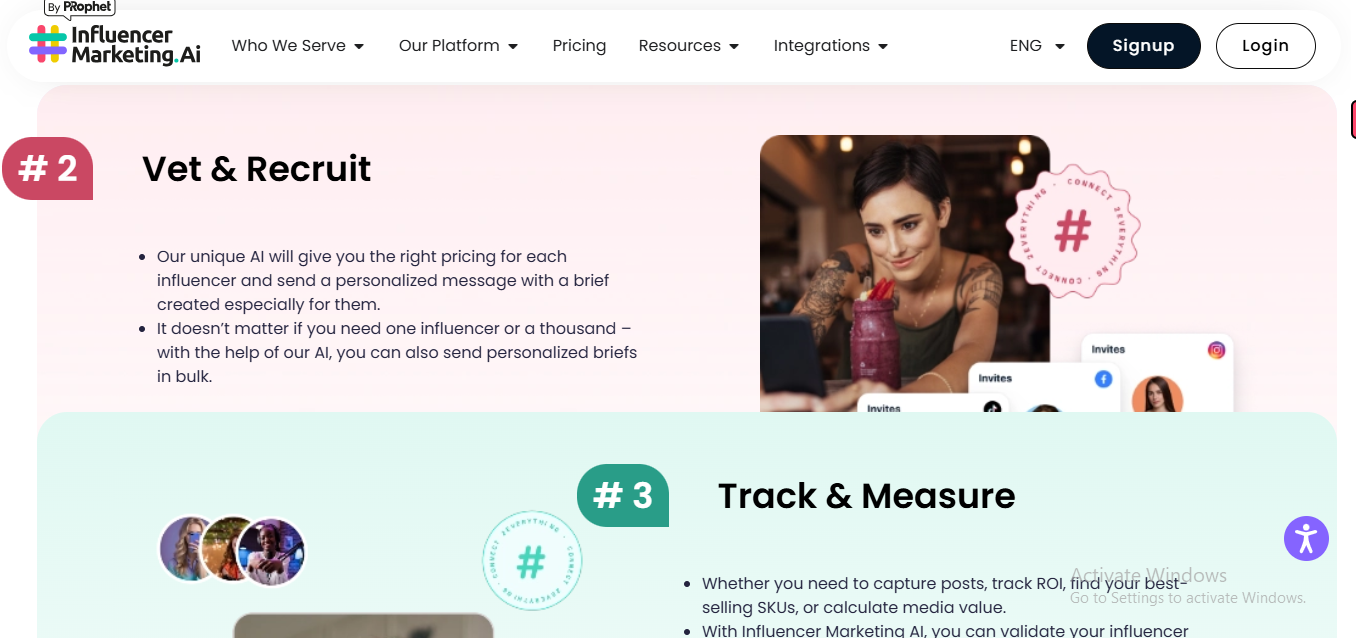
This platform is like having your own digital intern who actually knows stuff. InfluencerMarketing.ai leans hard into machine learning to recommend influencers and predict performance.
What I Loved:
- AI-powered discovery = save so much time scrolling Instagram.
- Predictive performance tools that actually make sense.
- Email outreach? Built in. Boom.
What’s Meh:
- Still feels like it’s finding its legs in a few areas, especially around UI polish.
- Influencer database isn’t as deep as some OG platforms.
Best For:
Brands that want to automate their workflow and get nerdy with data.
Pricing:
Mid-range. You’ll feel it if you’re small, but doable if you’re scaling.
26. Traackr – The Sleek, Data-First Operator
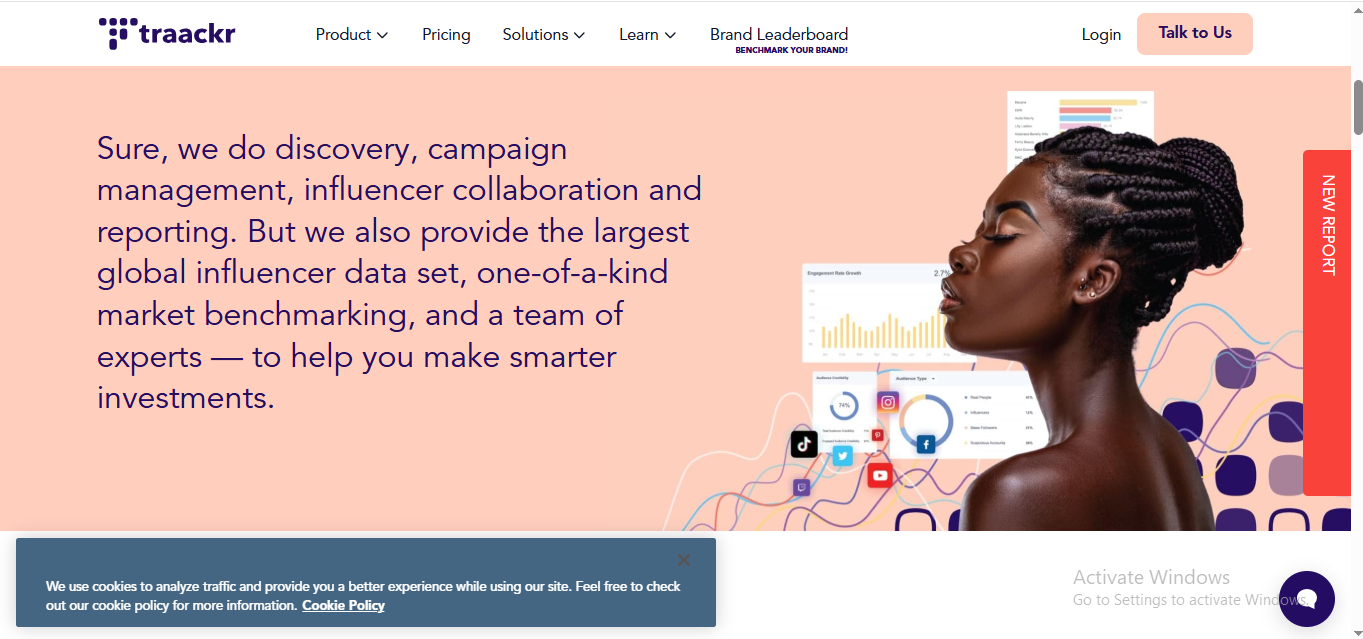
Traackr has been in the game for a minute, and it shows. This one’s all about deep analytics, long-term relationships, and influencer impact tracking over time.
What I Loved:
- Benchmarking that actually helps you understand ROI—not just vanity metrics.
- Excellent global coverage—big in Europe and APAC.
- Super organized influencer profiles with long-term engagement data.
What’s Meh:
- Kinda dry if you’re looking for a fun, visual dashboard.
- No UGC tools or content generation focus.
Best For:
Data junkies and B2B brands who want longevity over likes.
Pricing:
Not cheap, but you’re paying for reliability and insights that matter.
27. Upfluence – The OG Powerhouse
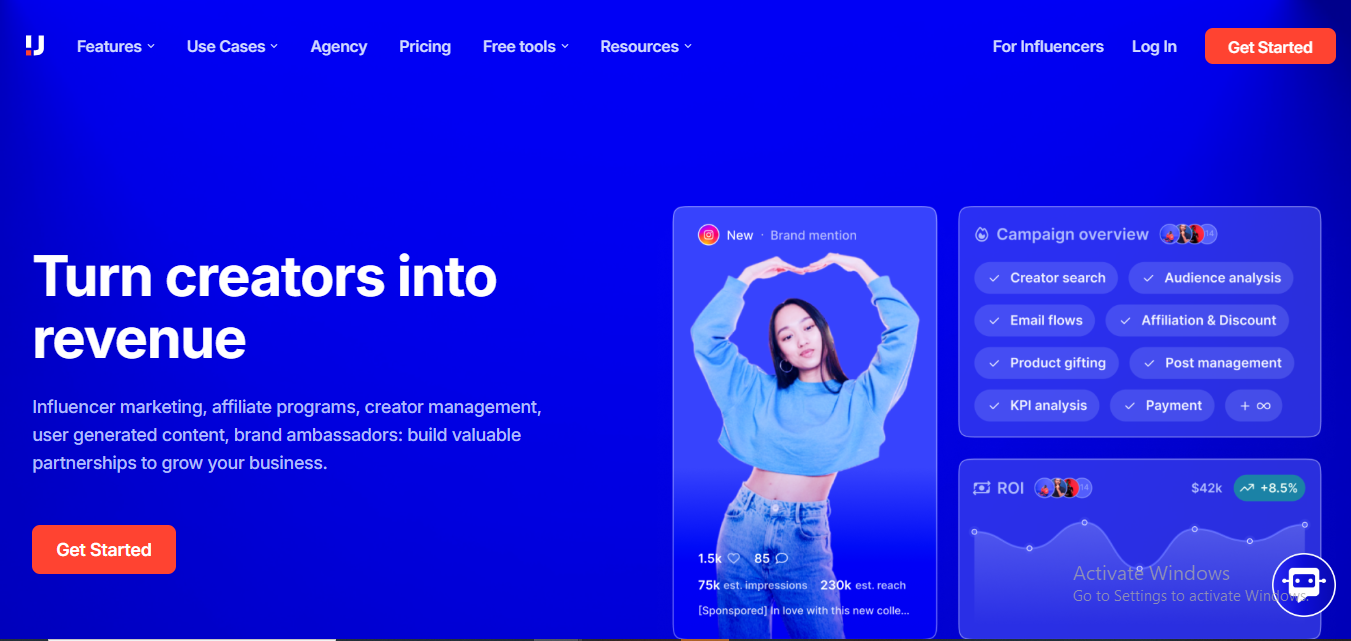
Upfluence is like the Beyoncé of influencer platforms. It’s been around, it’s polished, and it knows how to work a crowd (or in this case, a campaign).
What I Loved:
- The influencer discovery tool is chef’s kiss – super deep filters, including niche, location, engagement, and even past brand collabs.
- Real-time analytics and ROI tracking actually made reporting fun (yep, I said it).
- Integrates with e-comm platforms like Shopify – a big win for DTC brands.
What I Didn’t Love:
- Takes a bit to get comfy – not a plug-and-play situation.
- Pricing is $$$ – kinda need a decent budget.
Best For: Medium to large brands who are serious about scaling.
28. Meltwater – Big Data Energy
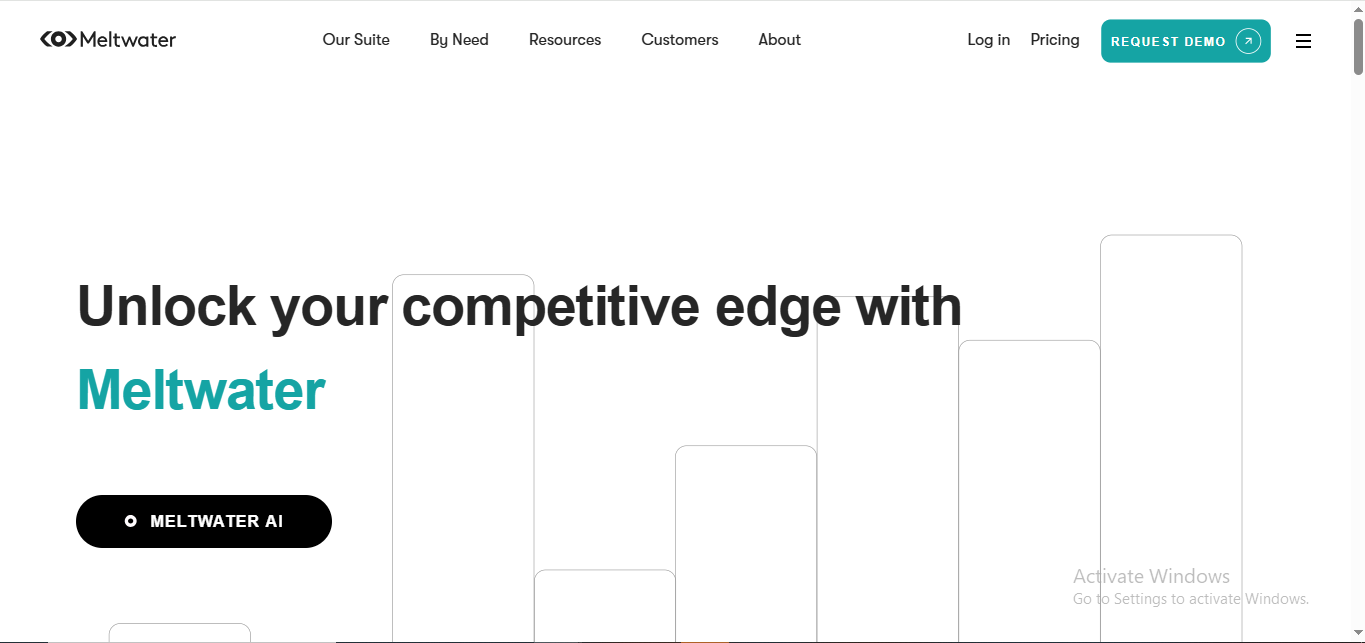
Meltwater isn’t just an influencer platform – it’s like the CIA of PR and marketing. It gives you access to media monitoring, social listening, and influencer stuff all rolled into one.
What I Loved:
- The sentiment analysis tool is a game-changer. It helped me track public perception in real-time.
- Global reach – perfect for international campaigns.
- You can monitor news + socials = holistic strategy.
What I Didn’t Love:
- Feels a bit corporate. Not the most fun interface.
- Pricing is locked behind sales calls (ugh), and it’s def on the high end.
Best For: Big brands, agencies, or anyone doing full-on PR + influencer combos.
29. The Social Cat – Small Biz Sweetheart
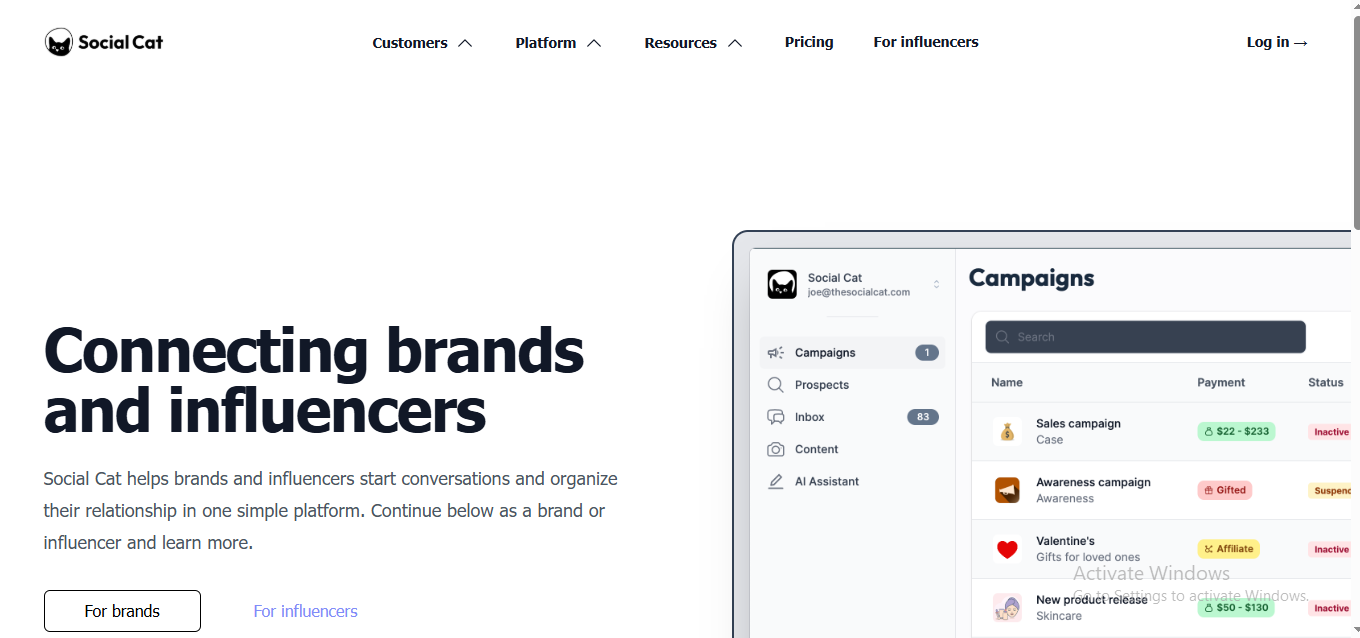
Okay, this one’s for the underdogs – micro brands and solo founders, I see you 👀. The Social Cat connects small businesses with nano/micro influencers in a no-fuss way.
What I Loved:
- Matchmaking is their whole thing – you get intros to creators who are actually interested in your brand.
- No need for crazy influencer budgets – collabs often work on barter.
- Super human vibe – you’re not lost in some giant database.
What I Didn’t Love:
- Very focused on product gifting. If you’re looking for paid influencer campaigns, this isn’t the move.
- Still kinda growing – so the creator pool isn’t massive just yet.
Best For: Small biz owners and indie brands looking to build real relationships.
- Best LeadsGorilla Alternatives for 2025 - April 26, 2025
- Best Overloop Alternatives for 2025 - April 25, 2025
- Best Lead411 Alternatives for 2025 - April 25, 2025
